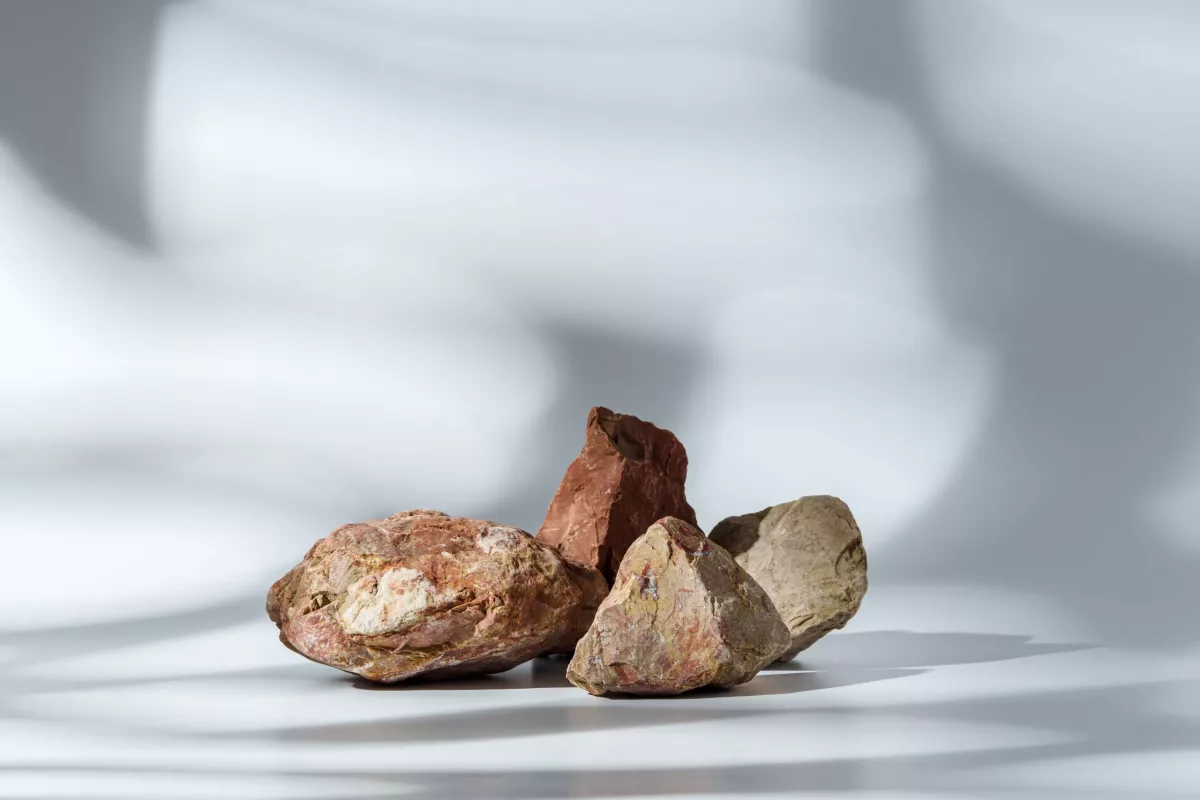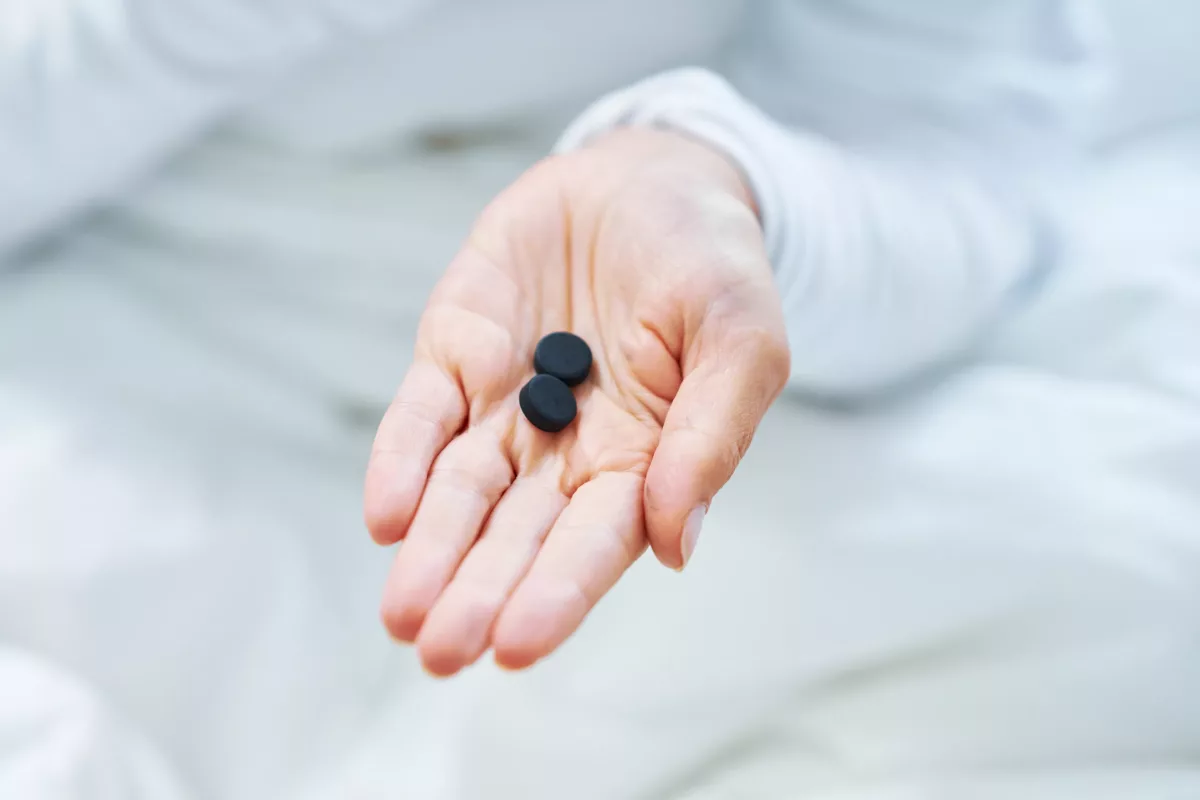A condition in which one or more stones appear in one of the ureters that connect the kidneys to the bladder is called ureteral stones. Generally, these stones are kidney stones. The most common symptoms include nausea, pain, and vomiting. However, there are some treatments that can break up or remove these stones. Furthermore, doctors usually recommend dietary changes and medicines to prevent the recurrence of kidney stones.
Generally, these stones are irregularly shaped solid masses or crystals stuck in one or both ureters. The tube that connects the kidneys to the bladder is called the ureter.
These stones may appear in the left or right ureter. Usually, the ureters in adults are between 10 inches and 12 inches long. Sometimes, stones may be near the proximal end or the distal end of the ureter. While the proximal connects the ureters with the renal pelvis (where the pee collects), the distal end connects the ureter to the bladder.
In most cases, these stones are small. Sometimes, ureteral stones are so small that they cannot be seen with the naked eye. When a stone passes through urine and does not get stuck in the ureter, it does not cause any problems.
If the stone is large enough to block the flow of urine from the kidneys to the bladder, you may experience severe pain. Usually, stones consist of minerals and salts that build up in the urine over time.
Types of Ureteral Stones
Healthcare professionals have divided ureteral stones into 4 types. For example:
- Calcium stones – This type of stone is one of the most common types of ureteral stones. Furthermore, these stones are also divided into types, including Calcium oxalate stones and Calcium phosphate stones.
- Uric acid stones – In such cases, the stones form when there is an increased level of Uric acid in your urine.
- Struvite stones – These stones usually appear after a urinary tract infection (UTI). The main composite of struvite stones includes Magnesium ammonium phosphate (struvite) and Calcium carbonate-apatite.
- Cystine stones – This type of stone usually appears in people with a genetic condition called cystinuria. It causes the amino acid cysteine to leak into the urine.
Ureteral stones are considered common because they affect about 1 in every 1,000 adults. In severe cases, people with ureteral stones are hospitalized. In general, you have a 1 in 8 chance of forming a stone during your whole life.
Symptoms
Sometimes, people with small ureteral stones do not experience any symptoms because they pass through the urine. However, when people develop large stones, they cause blockages in the ureter and symptoms. Check below some examples:
- Severe pain that may come and go
- Pain that spreads to the lower part of the abdomen
- A burning feeling while urinating
- Nausea
- Vomiting
- Discolored or bloody urine (sometimes it may be brown, pink, or red)
- Cloudy pee
- Frequent urination
- Little or lack of urination
If you experience any of the previous symptoms or any others that cause concerns, immediately visit your healthcare professional.
Causes
Usually, people have these stones due to increased stone-forming substances in the urine. In normal circumstances, these substances pass through the urinary system without causing any problems. If these substances that form stones do not pass through the urinary system, it may indicate reduced urination, which cannot dissolve or flush these substances. It may happen when you do not drink enough water, which allows these substances to crystallize. Check below some substances that often form stones in the kidneys:
- Uric acid
- Oxalate
- Calcium
- Phosphate
- Cysteine
- Xanthine
Commonly, the time it takes to pass a ureteral stone is different among people because the body of each person is unique. In most cases, a stone smaller than 4 millimeters often passes through the urine within 14 days. For instance, if the stone reaches the bladder, it passes within several days.
Risk Factors
While anyone may develop ureteral stones, there are some factors that could increase the risk of developing them. Examples include:
- Sex – Males are more likely to develop ureteral stones than females.
- Race – White people are at increased risk of developing ureteral stones compared to Black people and other races.
- Age – Mostly, people between the ages of 40 to 60 have ureteral stones.
- Previous ureteral stones
- A family history of ureteral stones
- Dehydration
- Diabetes
- Polycystic kidney disease
- Obesity
- Certain diets
- Surgery on a part of the digestive tract
- Cystinuria
- Hyperparathyroidism
- Recurrent urinary tract infections (UTIs)
- Renal tubular acidosis
What Are The Possible Complications of Ureteral Stones?
People with ureteral stones may also experience some complications, especially if they do not get treatment. Check some examples below:
- Severe pain
- Urinary tract infections (UTIs)
- Kidney infection (pyelonephritis)
- Damage to the kidneys that often leads to kidney failure without treatment
- Sepsis
- Hydronephrosis
- Urinoma
- Ureteral injury
This article does not contain all possible complications of ureteral stones. You can also talk with your doctor about ways to reduce the risk or prevent complications of ureteral stones.
How to Prevent Ureteral Stones?
Generally, there are multiple ways to prevent these stones. For example:
- Drink more liquids – It is very important to drink enough water during the day. While water is the best, you can also choose other fluids, including lemonade or orange juice, and others.
- Limit the amount of animal protein – This protein is often found in meat, eggs, and fish. Animal protein may increase the amount of uric acid in the system. However, it is recommended to include in your diet lentils, beans, green peas, seitan, and tofu.
- Limit the amount of Sodium (salt) in the diet – You should consume less than 1,500 milligrams of salt per day to prevent ureteral stones. You can consider salt substitutes such as lemon juice, flavored vinegar, herbs, and spices.
- You should also limit the amount of Oxalate in the diet – This is a nutrient often found in spinach, almonds, cashews, and potatoes. However, there are some foods and drinks with Calcium that help prevent Oxalate from crystallizing.
Diagnosis
Physicians usually begin the diagnosis of ureteral stones with a physical examination to check for irregularities linked to the disease. They may also perform some tests that help confirm the condition and rule out others that cause similar symptoms. Check below some examples:
- Urinalysis – This test is often done to check for UTIs and examine the substance levels in the urine that may form stones.
- Blood tests – These tests are done to check how well your kidneys work.
- Ultrasound – This is an imaging test that uses sound waves to identify blockages in the ureters.
- CT (computed tomography) scans – This is another imaging test used to get cross-sectional images of different structures and organs in the body. It often helps identify the exact location and size of a stone.
Treatment
Physicians usually recommend different treatments for people with ureteral stones because it depends on several factors. For example, the size and exact location of the stone, existing health problems, age, and the substances the stone consists of. Check below some treatments often recommended for people with ureteral stones:
- Shock wave lithotripsy – This treatment uses high-energy shock waves to destroy stones in the ureters. It helps break the stone into multiple small pieces that can easily pass through the urine out of the body. However, this is not an option for everyone who has ureteral stones.
- Ureteroscopy – During this procedure, doctors use a small and long tube with a lighted camera on the end to examine the urethra, bladder, and ureter. When a stone is found, doctors may break it with a laser or remove it.
- Percutaneous nephrolithotomy – This is a procedure in which a doctor inserts a scope directly into the kidney through a small incision (cut) in the back. It helps find and remove stones. This treatment is often recommended for people who have large stones.
- Ureteral stents – Stents are temporary tubes that help keep the ureters open, which helps prevent blockages of the urine flow.
- Medical expulsive therapy (MET) – This is one of the most effective procedures to remove small distal ureteral stones. It usually involves alpha-blockers, calcium channel blockers, corticosteroids, and phosphodiesterase-5 inhibitors (PDE5).
Medicines
Physicians may also prescribe some medicines along with previous procedures. For example:
- Calcium stones – Potassium citrate and diuretics to make the urine more alkaline and help move extra fluid and Calcium out of the body.
- Struvite stones – Doctors often prescribe antibiotics and Acetahydroxamic acid to prevent the buildup of ammonia in the urine and fight bacterial infections.
- Cystine stones – Physicians usually recommend Tiopronin (mercapto propionyl glycine) to prevent recurrent kidney stones in people with cystinuria.
Frequently Asked Questions
Are ureteral stones kidney stones?
In general, a ureteral stone is a kidney stone that becomes stuck in one of the ureters.
How long does it take to recover from this treatment?
Usually, people begin to feel better within several days after treatment. In some cases, people may experience some adverse reactions until the body has passed the last piece of stone.
What are the symptoms of a ureter stone?
These include:
- Severe pain
- Nausea and vomiting
- A burning feeling during urination
- Cloudy, discolored, or bloody urine
- Pain that spreads to the lower part of the belly (abdomen)
If you experience any of the previous symptoms, immediately contact your doctor. Ask your healthcare provider if you have additional questions.




